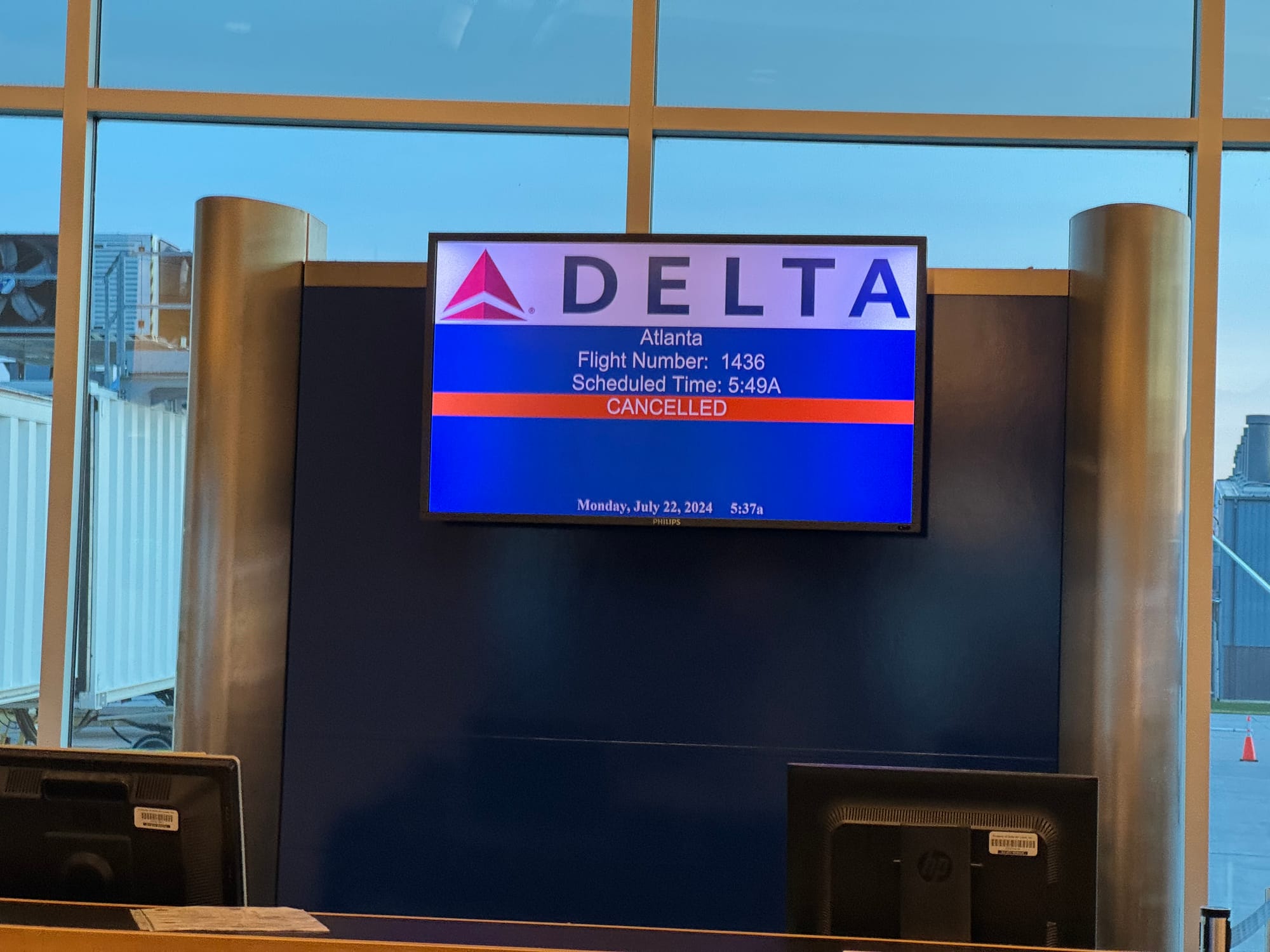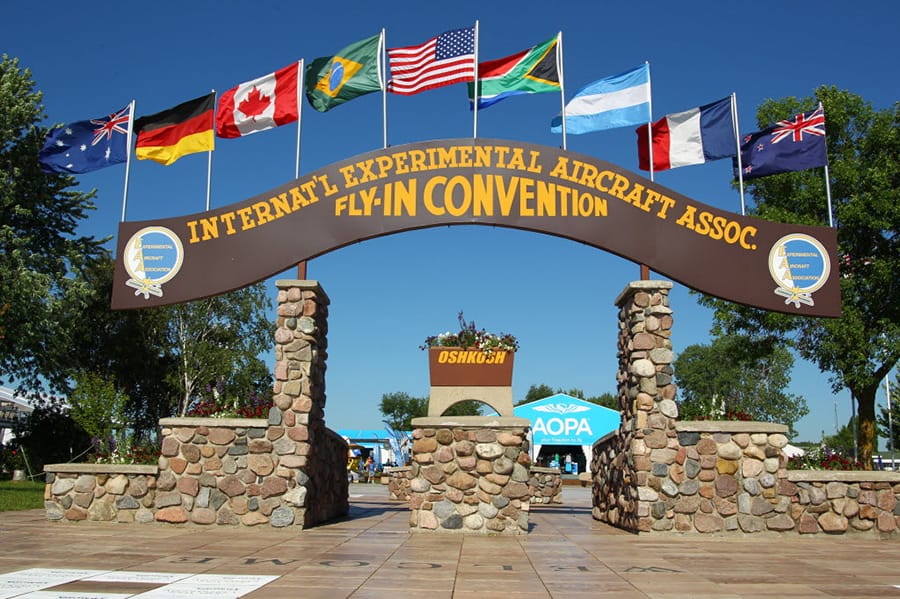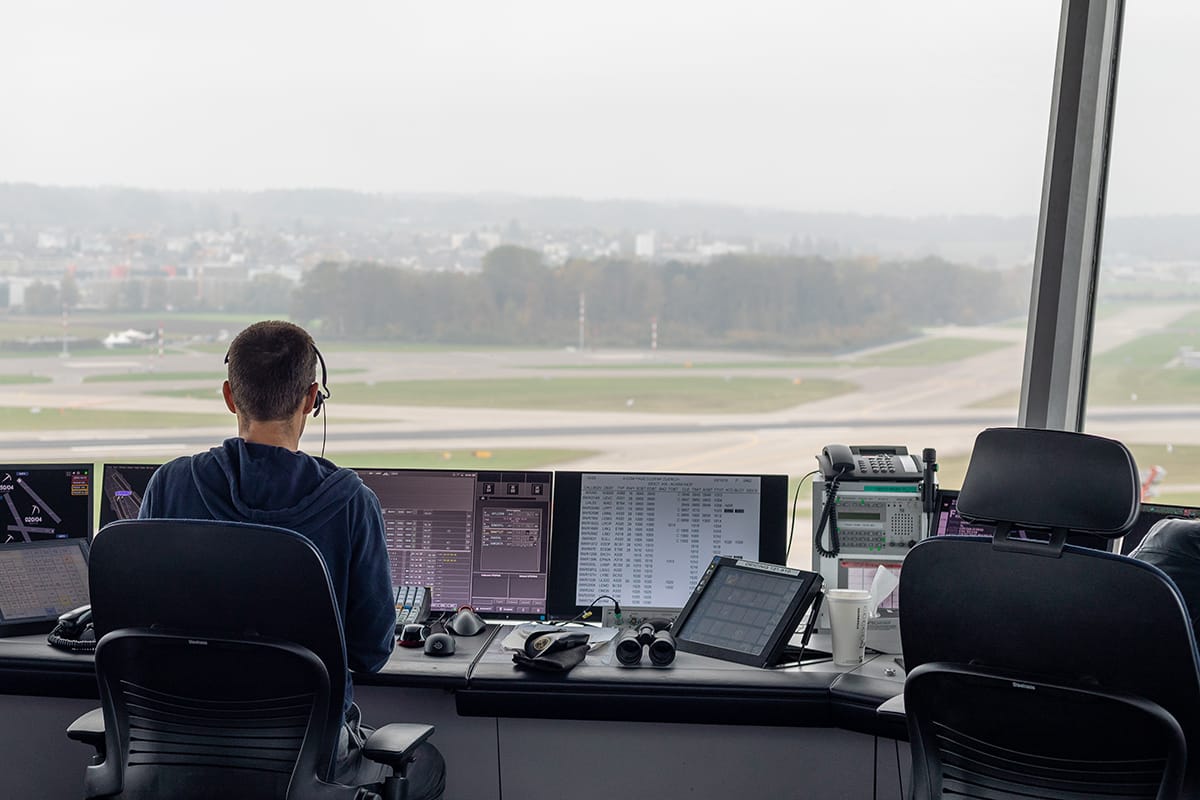Why Don't Boeing 737 Engines Have a Perfectly Round Shape?
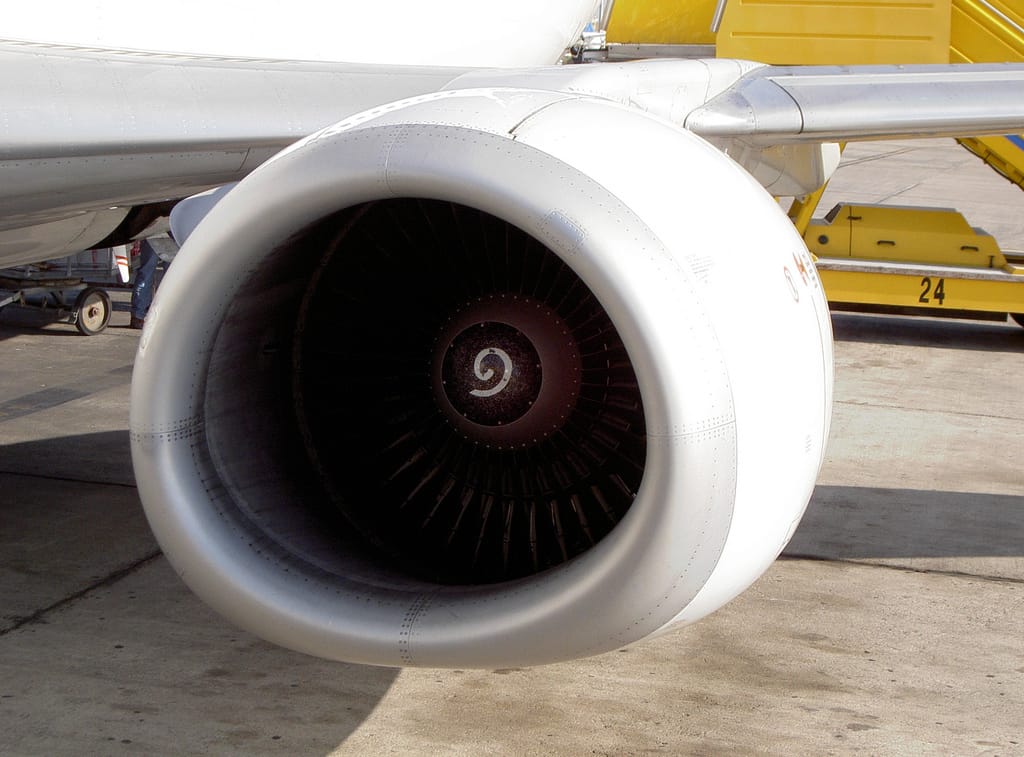
Aviation enthusiasts have a keen eye for detail, and one feature that often sparks curiosity is the shape of the Boeing 737's engine nacelles. Unlike the seemingly perfect circles adorning most jetliners, the 737's engine housings sport a distinct oval form, flattened on the bottom. This design choice wasn't driven by aesthetics, but by a fundamental engineering challenge: ensuring adequate ground clearance for increasingly powerful engines.
The story unfolds with the introduction of the Boeing 737 Classic series (737-300, -400, and -500) in the late 1980s. These stretched variants built upon the success of the original 737-200, which boasted conventionally round engine nacelles. However, stretching the fuselage had an unintended consequence – it shifted the airplane's center of gravity forward. This, coupled with the existing landing gear design, meant the larger engines planned for the Classic series would sit precariously close to the ground.
Boeing's engineers faced a dilemma. Completely redesigning the landing gear or the fuselage was a complex and time-consuming option. Instead, they sought an ingenious solution that wouldn't require major modifications. The answer came in the form of the engine pylons, the structures that connect the engines to the wings. By strategically flattening the bottom of the nacelles while maintaining a round engine core, they were able to create the necessary clearance between the engines and the ground.
A Trade-Off for Efficiency
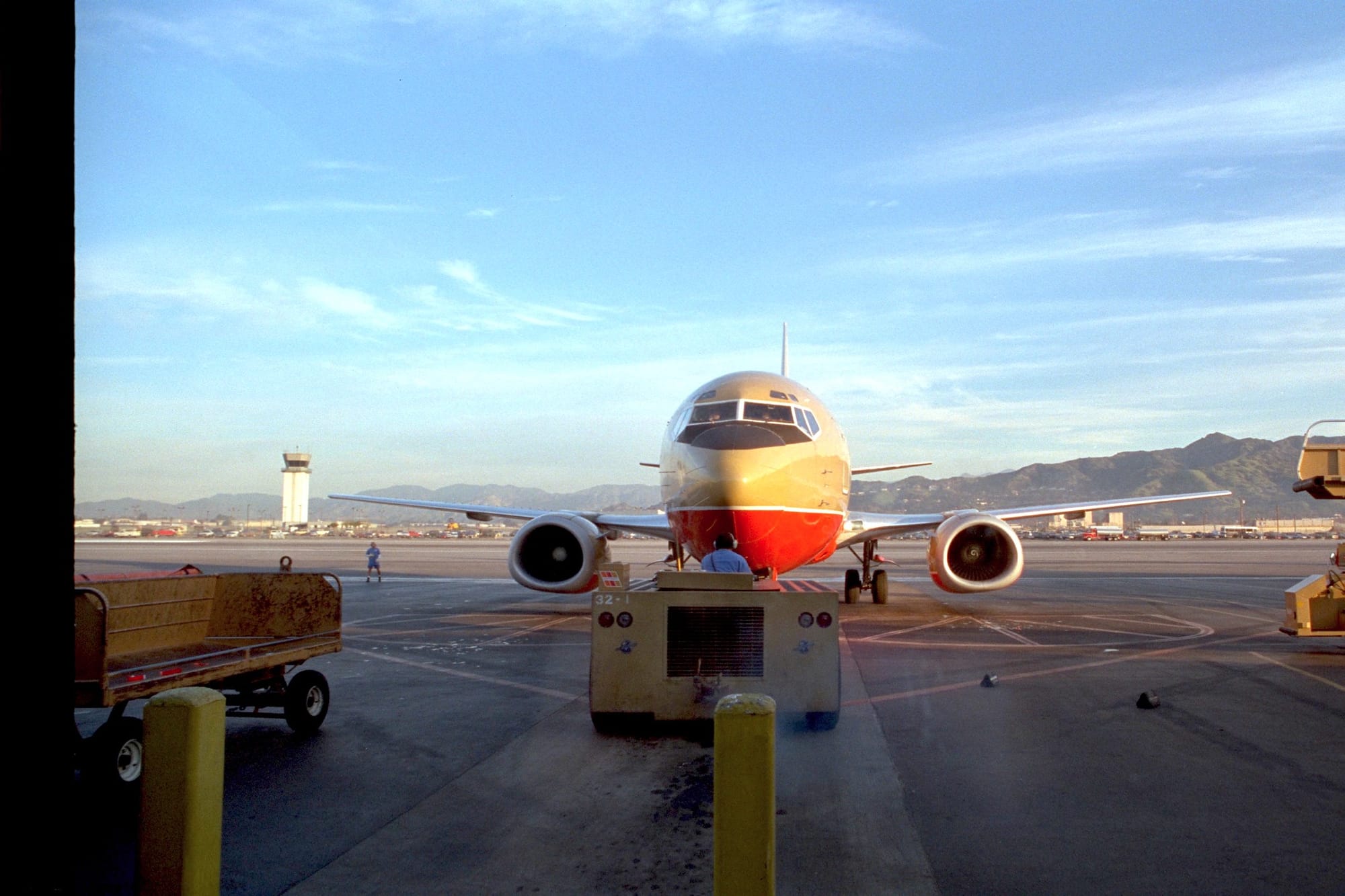
The impact went beyond just aesthetics. The flattened nacelles did introduce a slight aerodynamic penalty. A perfectly round engine nacelle allows for smoother airflow, but the flattened bottom disrupts this to a small degree, creating a bit more drag. This translates to a slight decrease in fuel efficiency. However, Boeing's engineers carefully weighed this trade-off. The slight increase in drag was a small price to pay for the significant benefit of accommodating the more powerful engines.
These engines, specifically the CFM56 turbofan, offered greater thrust, allowing the 737 Classic to carry more weight, fly farther, and operate more efficiently overall. The increased range and payload capacity proved to be a major selling point for airlines, solidifying the 737's position as a dominant force in the single-aisle airliner market.
The 737's Continued Evolution

The non-round nacelles became a signature feature of the 737 Classic series, instantly recognizable to aviation enthusiasts. They serve as a reminder of the constant balancing act between power, efficiency, and the realities of ground clearance that engineers grapple with in the world of aviation.
The 737's non-round engines are a reminder that sometimes, the most elegant solutions are those that strike the right balance between different priorities. This design philosophy would continue to influence future iterations of the 737. Notably, the Boeing 737 Next Generation (NG) addressed the issue of ground clearance with a different approach. The NG series features a redesigned landing gear that provides additional height, allowing for larger, more powerful engines with conventionally round nacelles. And the newest variant 737 MAX moved the engine forward of the wing and higher up to maintain the required ground clearance.
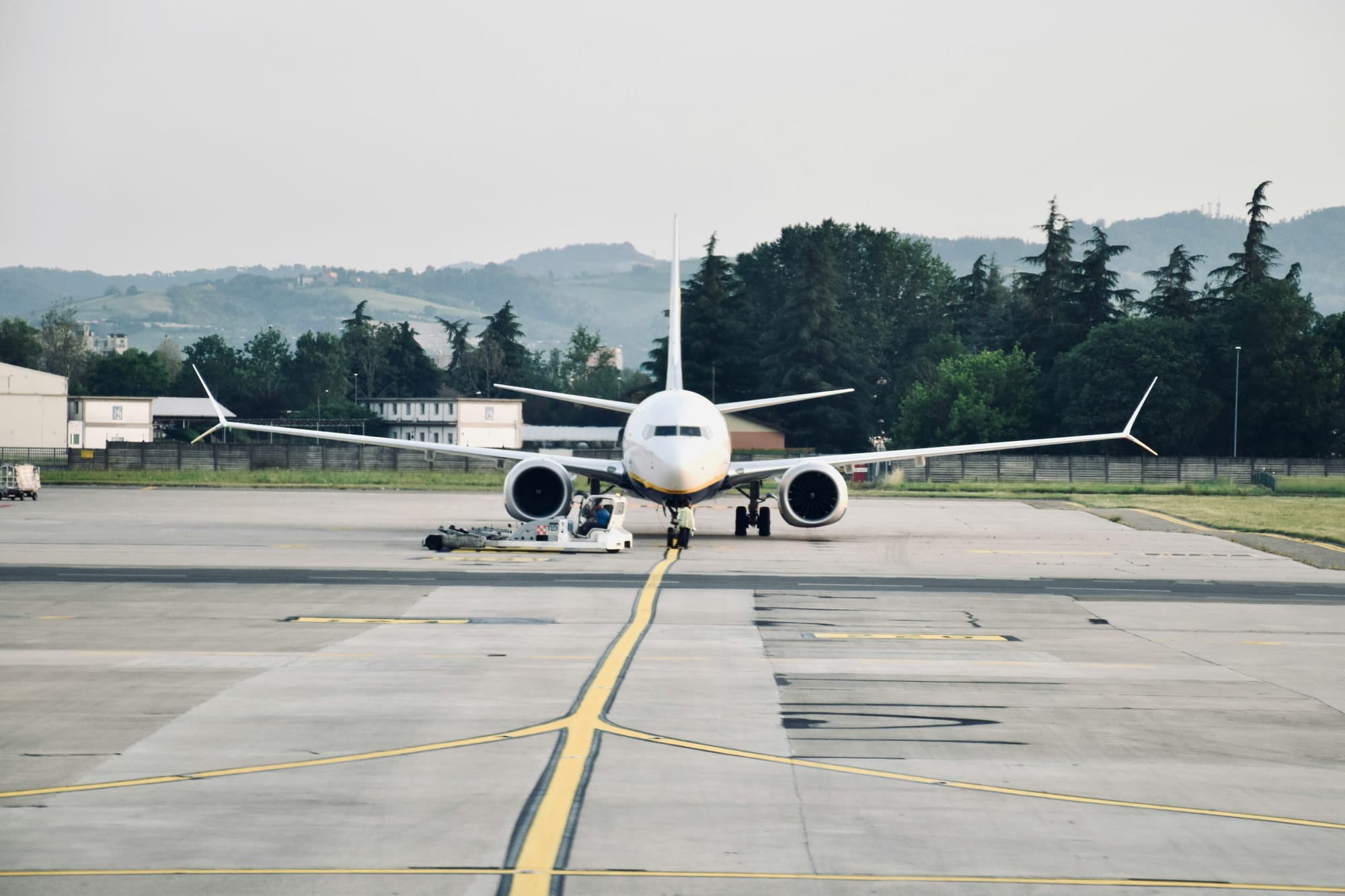
Final Thoughts
Boeing has been committed to the 737 platform for years, and we see the design compromises that they have made to keep as much of the platform the same as possible. This has created controversy, famously the 737 MAX issues, that the design does not fit a modern aircraft. However, from an observer view, the changes to the 737 MAX are most noticeable on the outside. They retain that flat-bottomed engine nacelle to keep the required ground clearance.
It will be interesting to see if Boeing will finally scrap this design or keep it running as long as possible.


